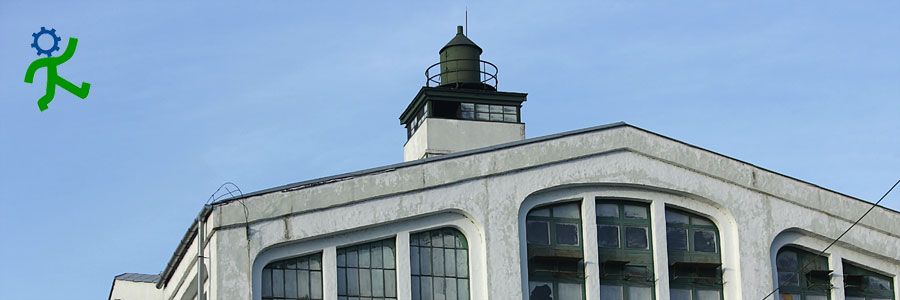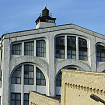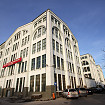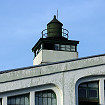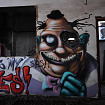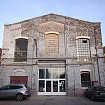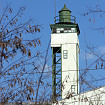Arms Factory
The Hungarian Royal Army was established in 1869, following the Austro-Hungarian Compromise of February 1867. In 1886 the Hungarian Parliament accepted the proposal for the establishment of an arms factory in Pest and an order of 180.000 rifles. The plans of the Arms Factory were developed by József Kauser in 1888, and the factory was inaugurated in August 1889.
After initial failures the Arms Factory was re-established in 1891 and besides weapons also started to produce Diesel engines. The most prosperous years of the factory was likely the 1903-1935 period when the factory was managed by Rudolf Frommer. Frommer had more than 100 firearms patents including iconic Frommer pistols (Frommer 1910 M, Stop, Baby, Liliput, 29M and 37M).
During his management mass production of automatic pistols had started and the factory was also significantly developed. New buildings were erected like the iconic, 4-storey, reinforced concrete, white building designed by Árpád Gut and Jenő Gergely. Though the main profile of the factory was the production of rifles and pistols, it was also producing lamps, tool machines, gas heaters and water heaters.
In 1922 unused buildings of the arms factory was sold to the Domestic Combing and Textile Mill and textile production started in the buildings designed by Ernő Quittner. After the WWII the arms factory was nationalised in 1948 and was producing small arms and gas heating devices, water boilers and heaters. In 2004 arms production was ceased.
Gallery
Copyright ©: Text and photos by Károly Teleki Industrial Heritage Hungary
Source: 1) Fegyverneki Frommer Rudolf élete jelentős haditechnikai alkotásainak tükrében (TDK dolgozat). Porkoláb Péter (szerző). 2013. 2) Soroksári úti Fegyver- és Gépgyár üzemi csarnoképülete. lasdbudapestet.blogspot.hu, 2015. 3) A hazai Fésűsfonó- és Szövőgyár története (1922-1945). Koroknai Ákos (szerző)
